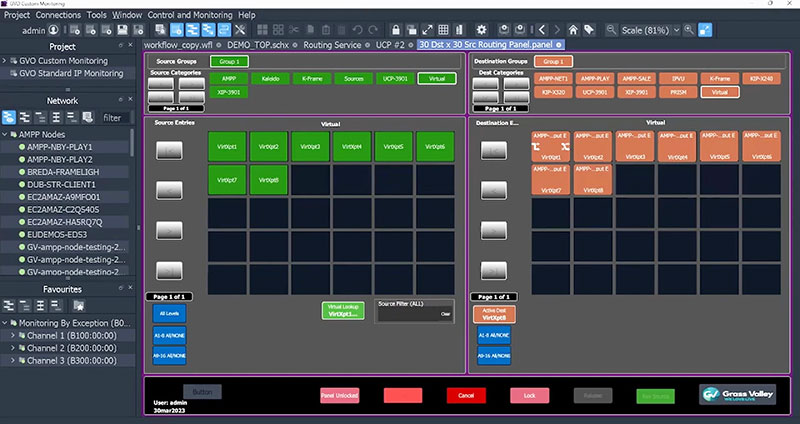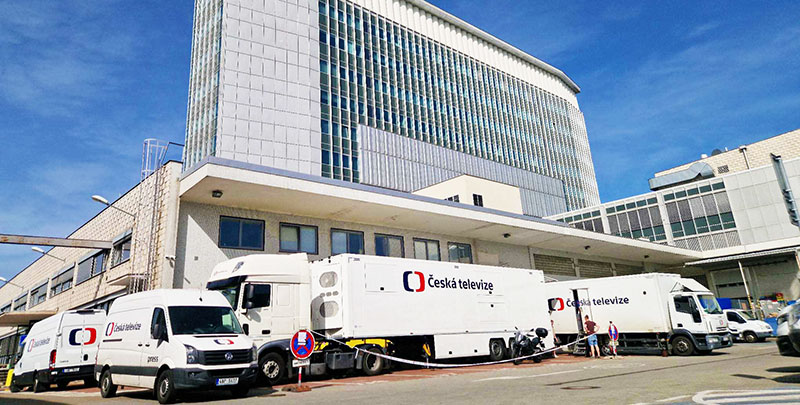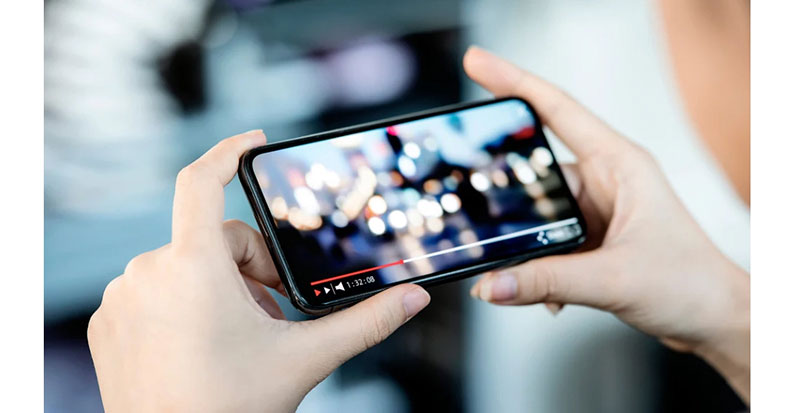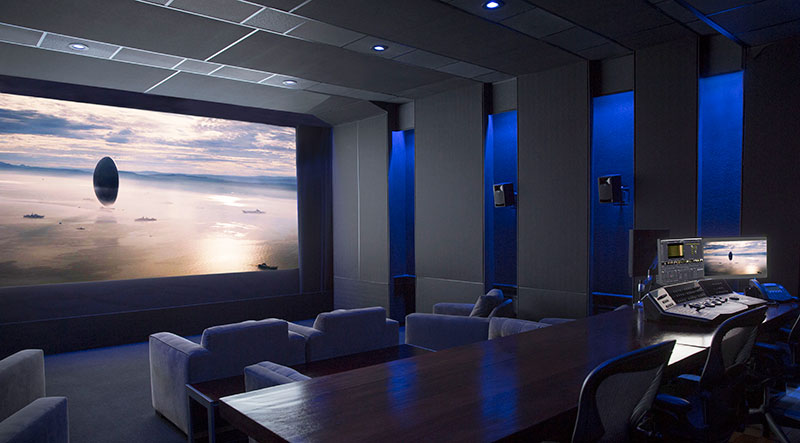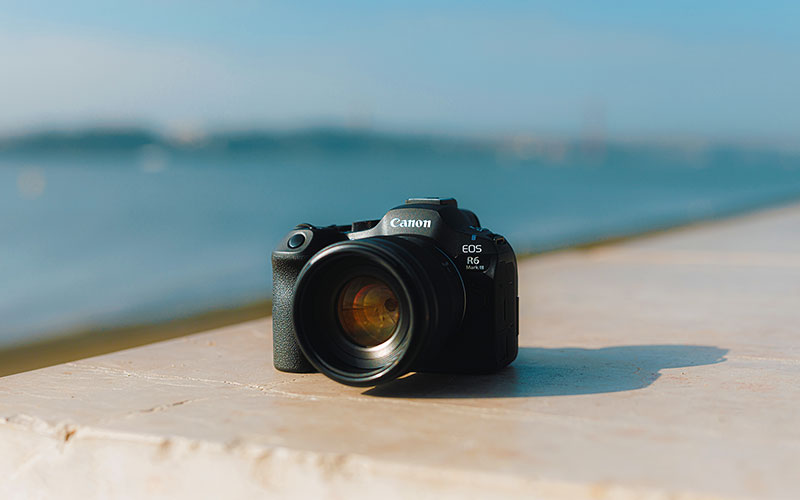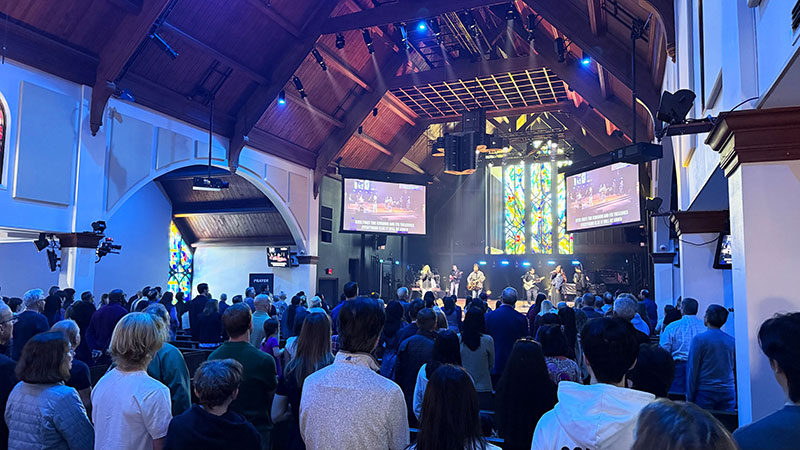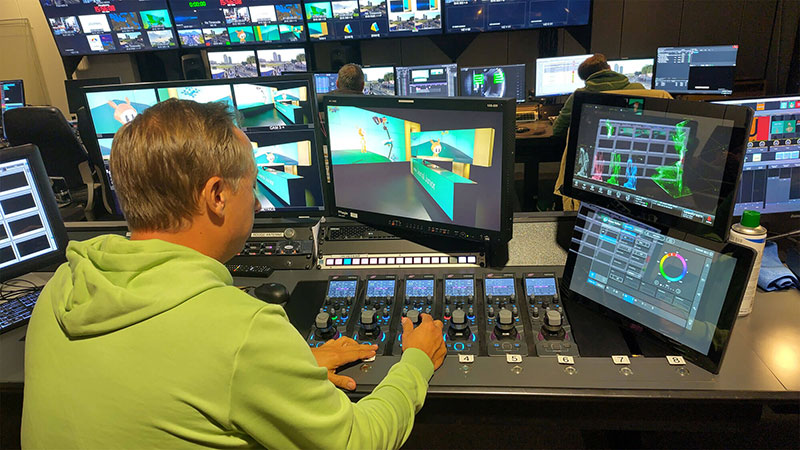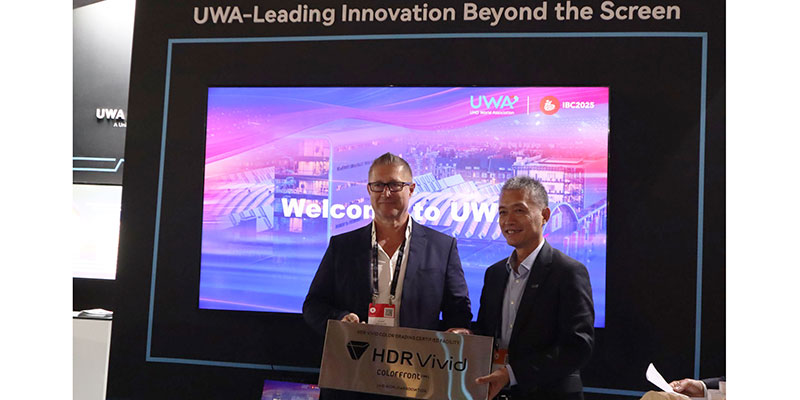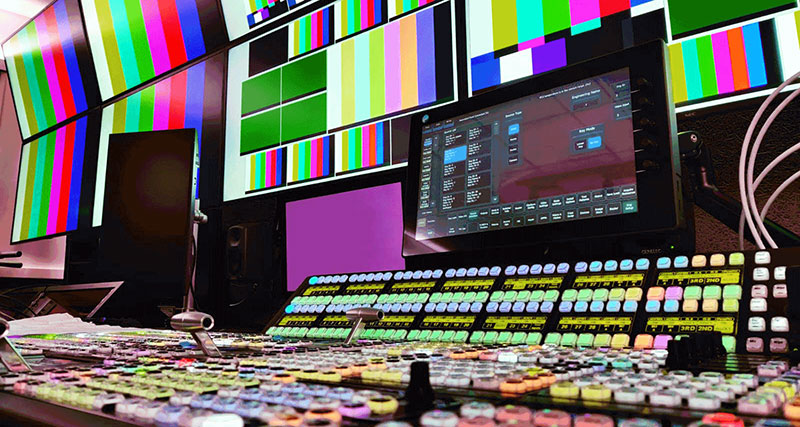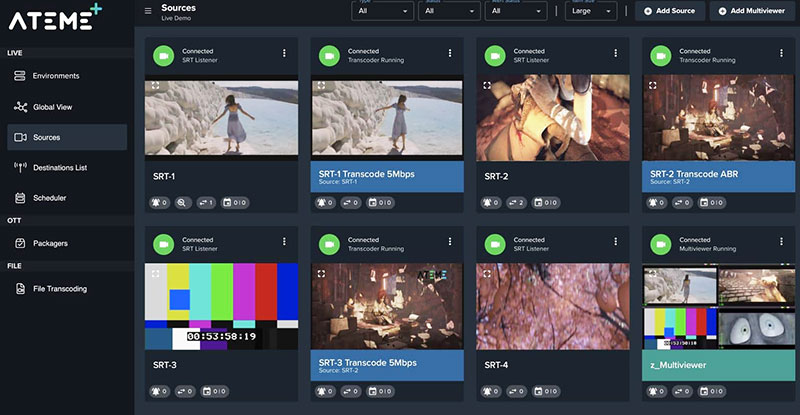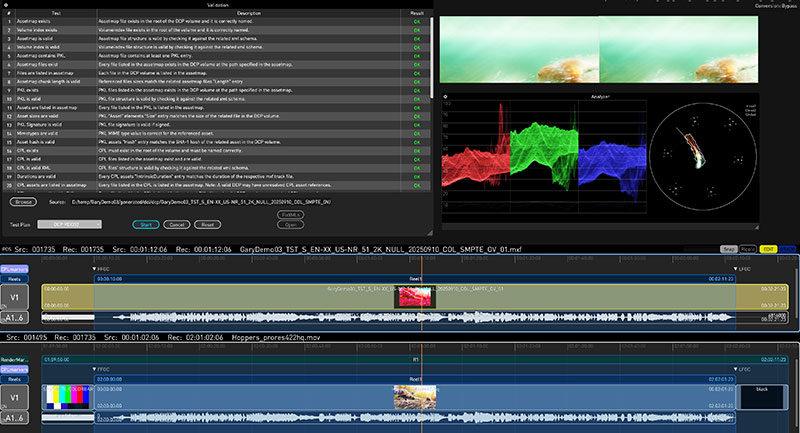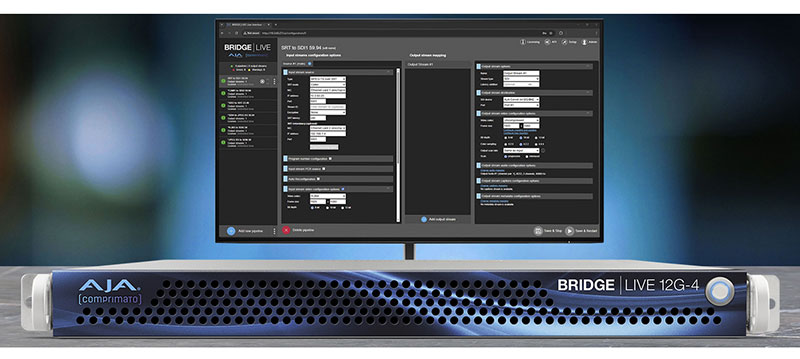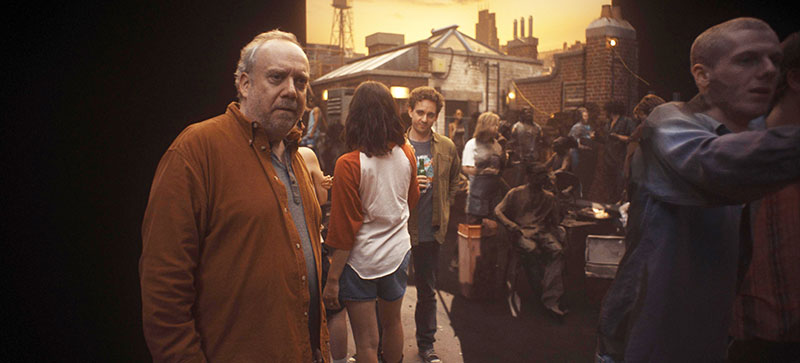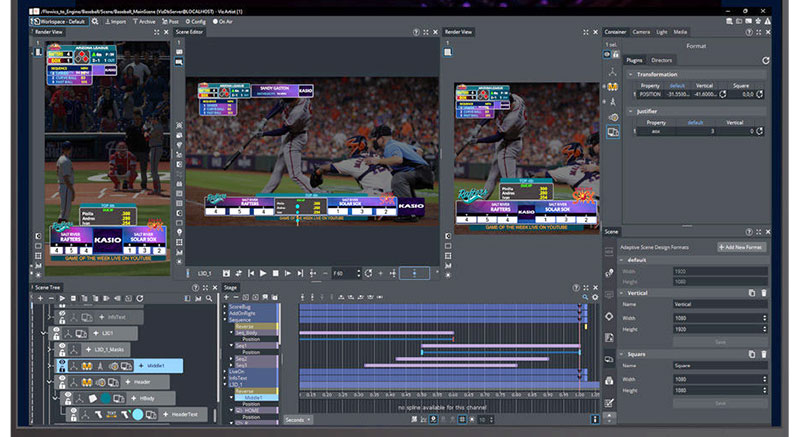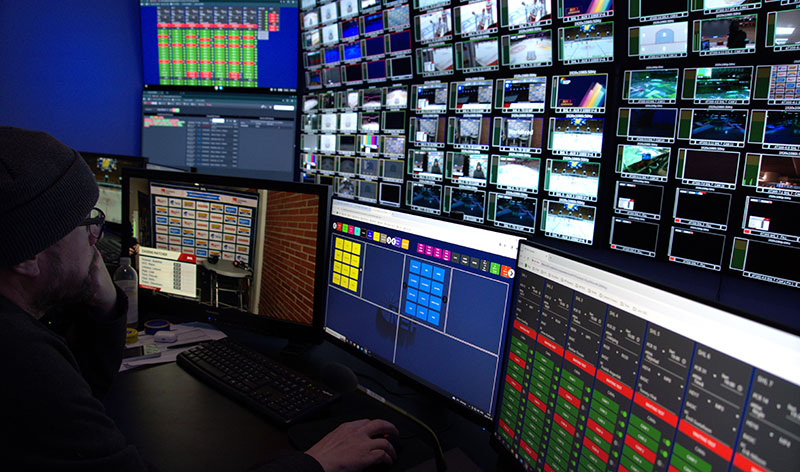Zachary Weil and Kyle McConaghy talk about using the Pocket Cinema Camera 6K, shooting RAW and grading in Resolve Studio for a precise, personalised look at the Space Shuttle years.
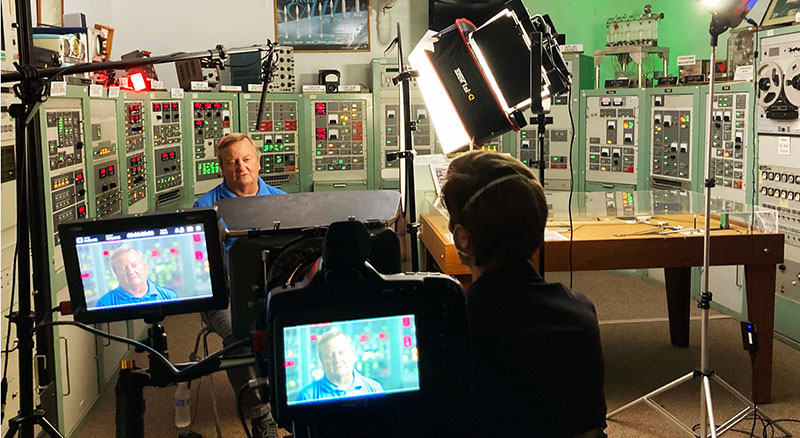
‘When We Were Shuttle’ is a documentary that explores the Space Shuttle Program through the experiences of six men and women who worked behind the scenes to make it a success. PBS member station WLRN in Miami, Florida, commissioned the project. Through the recollections and personal archives of the six participants, the film reveals the essential human element behind the Program, with an unexpectedly grassroots look at the way Shuttle affected life until the program’s end in 2011. Directed by Zachary Weil and photographed by Kyle McConaghy, the film premiered at the Kennedy Space Centre's IMAX theatre in October 2022.
As a child, spaceflight had held a fascination for Zachary. Growing up in South Florida, he has fond memories of his visits to NASA. “I can still remember going up to the Kennedy Space Centre for the first time as a member of the Young Astronauts Club. I immediately felt a very strong connection to this place and its history,” he said. In 2019, Zachary produced a documentary called ‘When We Were Apollo’ for WLRN. The film was well received and the station asked about future projects. “The Space Shuttle seemed like a very natural segue from this first effort.”
In the Background
Zachary had worked with Kyle McConaghy on other projects, and the two had developed a good working relationship. In planning for the variety of interviews and footage they needed to accompany the historical imagery they would use, the choice of camera systems was important. “We discussed several options, but the form factor of the Pocket Cinema Camera 6K was the main selling point,” said Kyle. “We wanted to film many of our subjects in their real life environments and places of work, so to be able to shoot with a stripped down version of the Pocket 6K was ideal for letting us fall into the background.
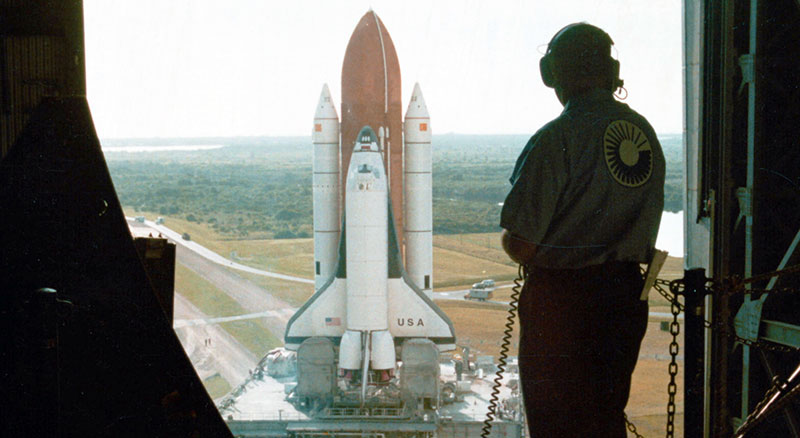
“From a handling standpoint, the Pocket 6K is also well designed. We needed to follow our subjects around the sets, shooting hand held. To look at the footage, you would think that, at the very least, we had an Easyrig or even some more significant stabilisation. But the size and weight are actually ideal for handheld work.”
Though the production often proceeded in a run-and-gun style, Zachary and Kyle intended to capture a cinematic quality as high as possible, while remaining aware of storage needs. “Aside from the beautiful image and form factor, the ability to shoot long interviews with Blackmagic RAW opened many opportunities for us,” Kyle said. “We shot at full 6K (6144 x 3456) using constant quality settings Q3 or Q5 and I couldn’t believe how many hours of footage we were able to shoot with just one or two CFAST cards.” Blackmagic RAW constant quality settings maintain a chosen image quality by removing the upper limit on file size.
Stripped Down Kit
Zachary appreciated the small sized kit in helping to satisfy the vision for the interviews he had developed. “We definitely wanted viewers to feel that they were making a very close and personal connection with the individuals that we interviewed for the project,” he said. “We were trying to steer away from interview set-ups and compositions that look over-crafted. We get a lot of our inspiration from documentaries from the 1960s and ‘70s when interview setups were much simpler. You would often just have a single camera held relatively tight on the subject’s face.
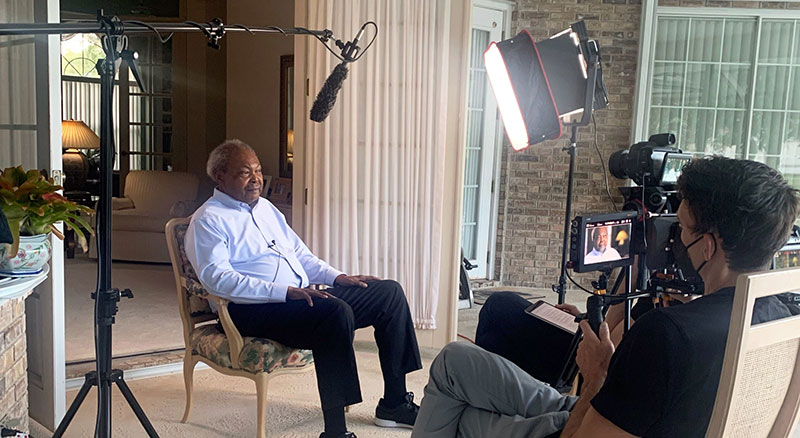
“In fact, our set-up is pretty basic and stripped down. With the Pocket 6K, we also have a 1x1 panel light that serves as our key light, with either a bounce card or some negative fill to even out the light, and then whatever natural light we are able to gather from a window or other source. I think all of this contributes to our desire for a very basic set up, but also that organic, retro documentary look, where you just weren't using as many lights for stylistic reasons as you would perhaps see in a more contemporary documentary.”
From RAW to a Custom Grade
Kyle colour graded the project himself in DaVinci Resolve Studio. “Zack and I drew a lot of the inspiration for our look from the archival material that we collected,” said Kyle. “A lot of it had been captured on either 16mm film stock, or Kodachrome if it was still photography. So we talked a lot about trying to create and foster a look that was the total opposite of the subject matter we were dealing with – that is, space. Space is a very sterile and cold environment. Our solution was to really go in the opposite direction by shooting and grading our subjects to feel warmer and more familiar.”
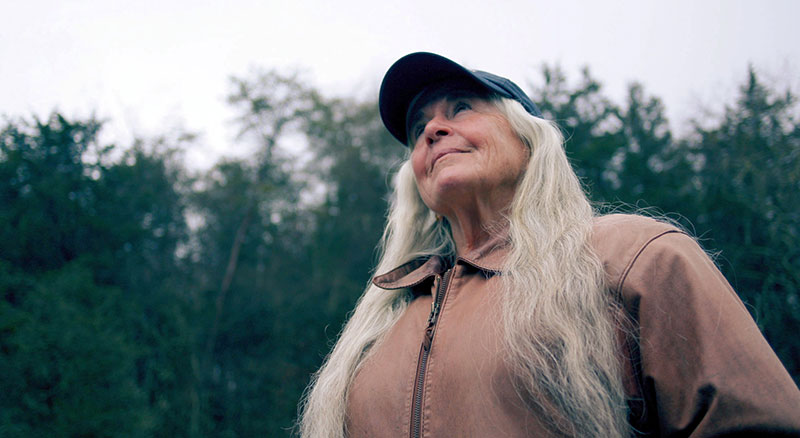
He also appreciated the abilities and options Blackmagic RAW gives in the grading process. “Post was a dream with the camera,” Kyle said. “The highlight retention in the Blackmagic RAW video was great, which helped us dial in that slightly retro look to match the archival material.”
While the subject matter was rewarding for Zachary, so was the ability to tell the story under tight constraints. “One condition of the commission was to finish the film within a year’s time,” he said. “There wasn’t a lot of time to shoot a little, examine the footage, make course corrections, shoot a little more and so on. We had to be streamlined from prep through production, and shoot in one large block of time. That’s very hard to manage in documentary filmmaking, but luckily we had the gear and the team, with Kyle, to get it done.” www.blackmagicdesign.com




